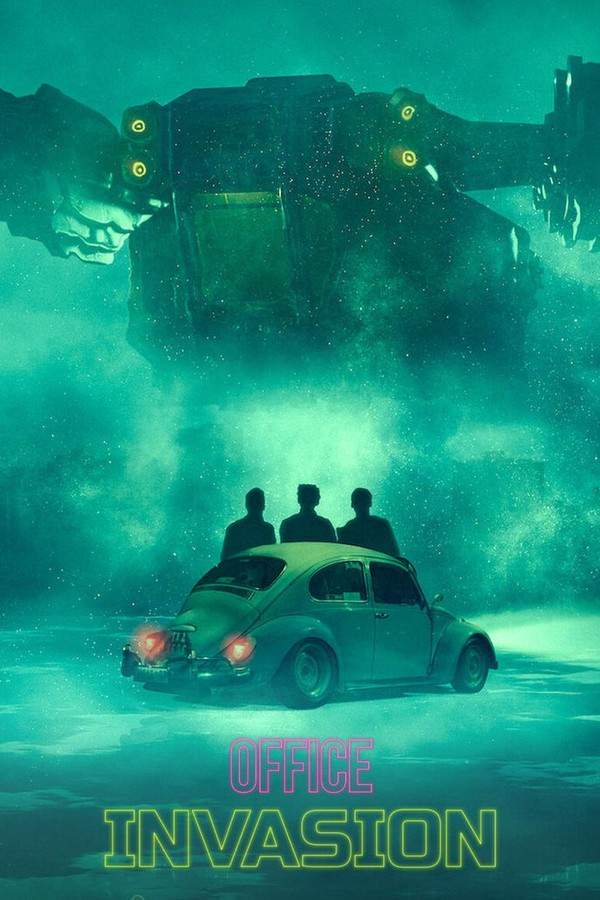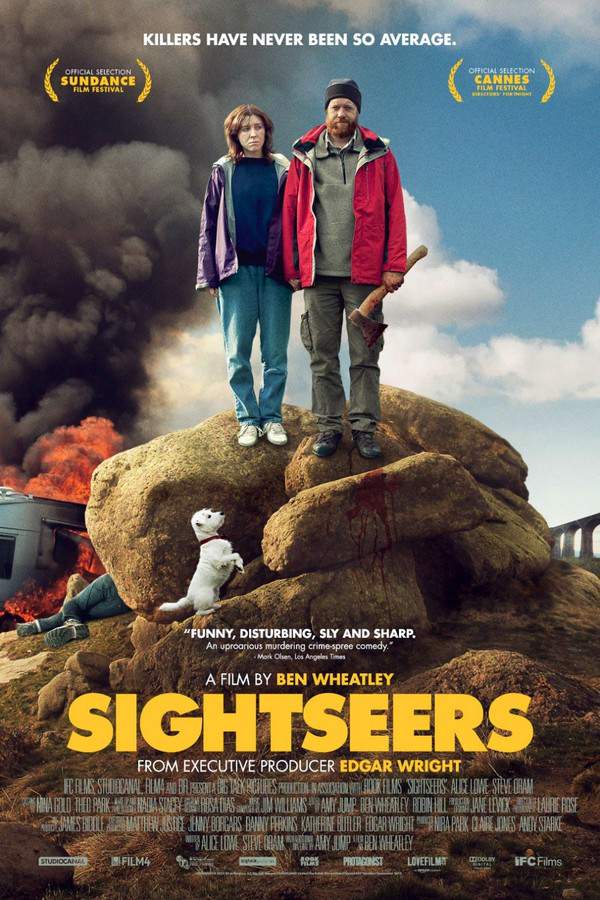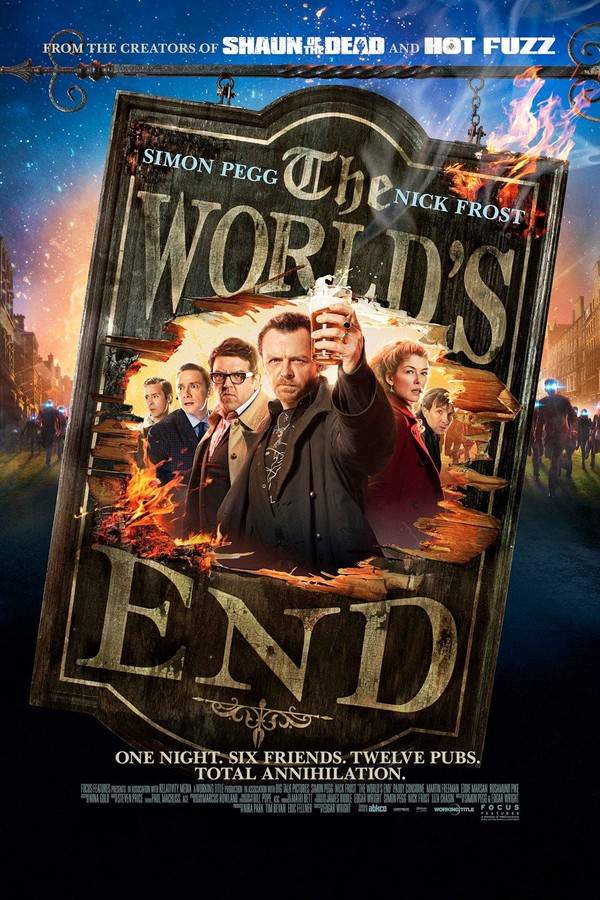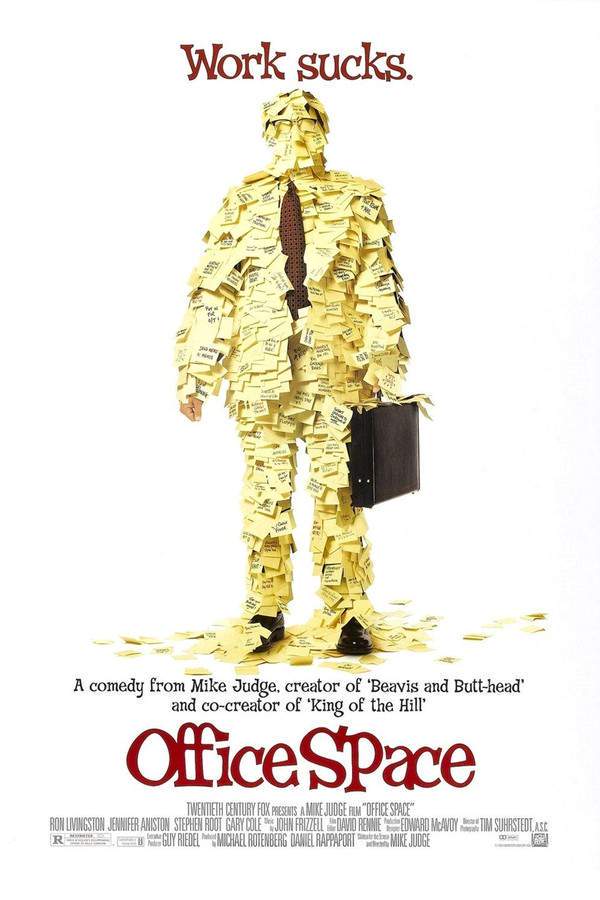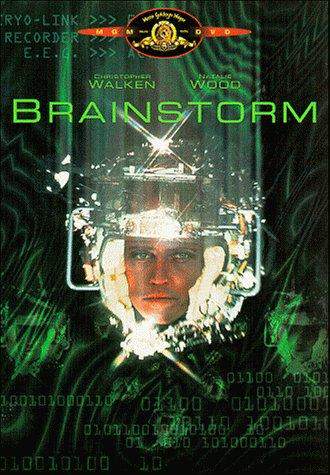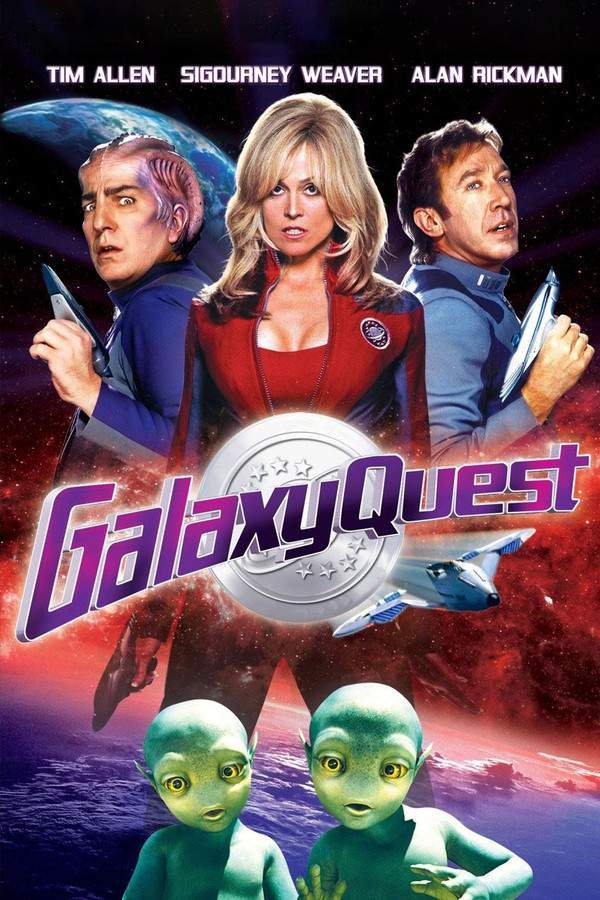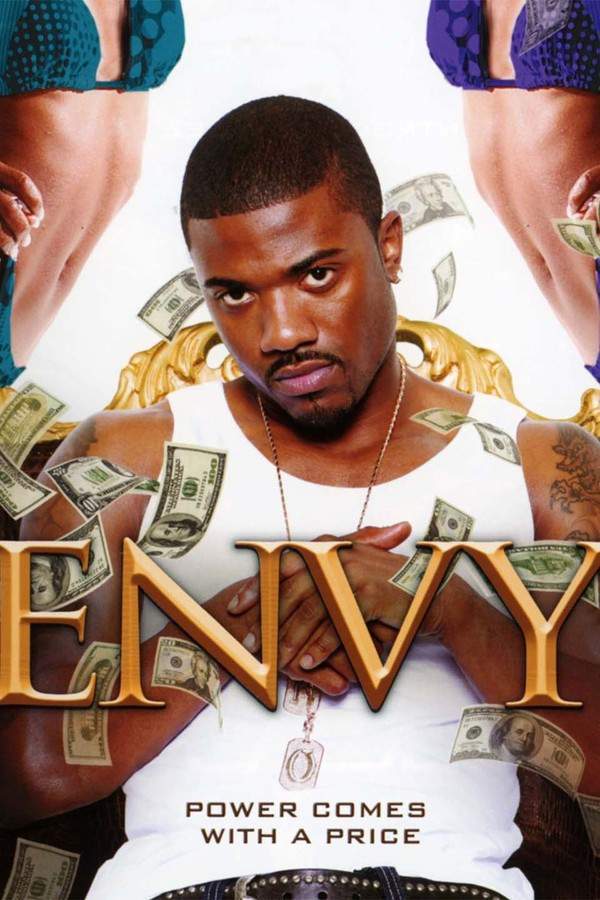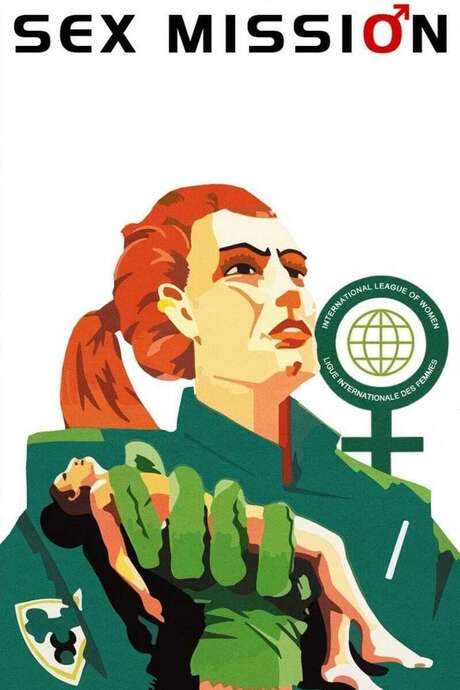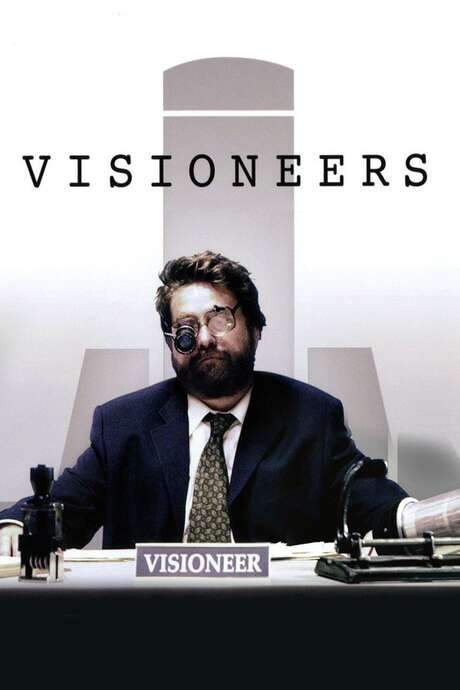
Visioneers
Year: 2008
Runtime: 90 mins
Language: English
Director: Jared Drake
Ever feel like you’re about to explode? In this slightly futuristic black comedy, Visioneer George Washington Winsterhammerman lives a comfortable but monotonous life. When explosions begin sweeping society and George shows early signs, he is forced to reexamine his job, marriage, aversion to life coaching, and happiness through activity.
Warning: spoilers below!
Haven’t seen Visioneers yet? This summary contains major spoilers. Bookmark the page, watch the movie, and come back for the full breakdown. If you're ready, scroll on and relive the story!
Visioneers (2008) – Full Plot Summary & Ending Explained
Read the complete plot breakdown of Visioneers (2008), including all key story events, major twists, and the ending explained in detail. Discover what really happened—and what it all means.
In a dystopian near-future, the Jeffers Corporation dominates society with a philosophy that “productivity equals happiness,” turning a vast business empire into the heartbeat of daily life. The company, touted as the largest, friendliest and most profitable enterprise in human history, enforces a culture that erodes independent thought and intimate connections. Its triumphal branding—a crude middle-finger logo—becomes a universal greeting, a blunt symbol of conformity and efficiency that suffocates personal expression.
George Washington Winsterhammerman is a Level-3 “tunt” at the Jeffers Corporation, a descendant of the nation’s first president who finds himself squeezed by the system he helps sustain. He struggles with overeating and impotence, symptoms of a society engineered to suppress emotion and spontaneity. The atmosphere around him is tense and claustrophobic, a place where routine is worshipped and human longing is routinely disciplined. George begins to experience troubling dreams in which he occupies the role of the first president again, confronting the possibility of losing the American Revolution and even contemplating surrender to the British. In a world where even dreams are treated as dangerous signals of stress, the authorities warn that such visions can lead to spontaneous bodily explosions, a catastrophe the regime seems eager to prevent at all costs.
As the government tightens its grip, the state collaborates with the Jeffers Corporation to push a growing program of social control. Neck-worn “inhibitors” become a common tool to suppress impulses and prevent explosions, and the public accepts these devices as a necessary safeguard. Yet the devices do not exactly heal the inner life; they merely dampen it. People like George’s coworker, Todd, continue to detonate—physically or metaphorically—despite the outward appearance of safety. The fear of losing control becomes a shadow that haunts every workplace, street corner, and dinner table.
When Charisma, a capable colleague who once shared George’s sense of purpose, is fired, a new thread of connection unfolds. Charisma reappears in a café where she has found a different kind of life, and she reveals that she, too, has recurring dreams. In these visions, she and George are together again, hinting at a shared longing that resists the numbness of the regime. The two reconnect in fragments, testing whether affection and memory can survive the culture’s relentless push toward sameness. The emotional pull between them becomes a quiet act of defiance against a system that prizes efficiency over intimacy.
Meanwhile, George’s personal world continues to fray. His wife and son depart, leaving him to navigate a landscape that rewards obedience while eroding the bonds of family. The arrival of Mr. Jeffers—an emblem of corporate authority who sees George as a potential ally in a looming revolt—changes the stakes. The leader’s interest centers on a simple yet telling gesture from George: a sunset he drew that hints at a future beyond the constraints of the Jeffers way of life. This moment is interpreted as a sign of unforeseen potential, a spark that might align George with those who refuse to surrender their inner lives.
Under pressure to purge himself of dreams and the accompanying anger, George is urged to “kill the thing he loves” as a misguided path to peace. He returns to Charisma, who has already been profoundly influenced by the inhibitors and now works in a café alongside others who have likewise fallen under the program. Hoping to erase his longing, George hatches a plan to take Charisma on a yacht with the intent of ending the problem by severing the bond that binds them. Yet the moment of truth arrives when he tries to dismantle the inhibitor that keeps her from remembering him. Initially, Charisma cannot recall their connection, but a remembered memory finally surfaces, and she begins to cry. They share a vulnerable embrace, recognizing that their bond has endured despite the forces arrayed against it.
The night that follows is intimate and defiant, a small shield against a society bent on erasing humanity’s deepest yearnings. As they settle into the fragile warmth of their renewed connection, George experiences a vision of a broader past—the image of George Washington crossing a river in a canoe. He salutes the horizon and, in that moment, allows himself to bask in the sun, a symbolic gesture of hope amid the encroaching control.
Throughout this arc, the film sketches a world where corporate power and governmental oversight seek to regulate every aspect of life, from the body to the psyche. It presents a patient, observant meditation on dreams, happiness, and the peril of a society that equates productivity with human worth. The characters—along with the distinct communities they inhabit, from the coffeehouse to the yacht, from the office to the open water—offer a portrait of resilience in small but meaningful acts of connection. The ending invites contemplation rather than closure, leaving open the possibility that intimacy and memory may endure even when systems attempt to erase them.
Last Updated: October 09, 2025 at 11:01
Unlock the Full Story of Visioneers
Don't stop at just watching — explore Visioneers in full detail. From the complete plot summary and scene-by-scene timeline to character breakdowns, thematic analysis, and a deep dive into the ending — every page helps you truly understand what Visioneers is all about. Plus, discover what's next after the movie.
Visioneers Timeline
Track the full timeline of Visioneers with every major event arranged chronologically. Perfect for decoding non-linear storytelling, flashbacks, or parallel narratives with a clear scene-by-scene breakdown.

Characters, Settings & Themes in Visioneers
Discover the characters, locations, and core themes that shape Visioneers. Get insights into symbolic elements, setting significance, and deeper narrative meaning — ideal for thematic analysis and movie breakdowns.

Similar Movies to Visioneers
Discover movies like Visioneers that share similar genres, themes, and storytelling elements. Whether you’re drawn to the atmosphere, character arcs, or plot structure, these curated recommendations will help you explore more films you’ll love.
Explore More About Movie Visioneers
Visioneers (2008) Scene-by-Scene Movie Timeline
Visioneers (2008) Movie Characters, Themes & Settings
Visioneers (2008) Spoiler-Free Summary & Key Flow
Movies Like Visioneers – Similar Titles You’ll Enjoy
Office Invasion (2022) Spoiler-Packed Plot Recap
Sightseers (2013) Full Movie Breakdown
The World's End (2013) Ending Explained & Film Insights
Office Space (1999) Full Movie Breakdown
Idiocracy (2006) Film Overview & Timeline
Brainstorm (1983) Movie Recap & Themes
Galaxy Quest (1999) Movie Recap & Themes
Envy (2004) Film Overview & Timeline
2001: A Space Travesty (2000) Detailed Story Recap
Nothing (2003) Story Summary & Characters
Steak (2007) Story Summary & Characters
The Survivors (1983) Film Overview & Timeline
Sexmission (1984) Plot Summary & Ending Explained
Gas! -Or- It Became Necessary to Destroy the World in Order to Save It. (1970) Full Movie Breakdown
So You Think You Need Glasses (1942) Film Overview & Timeline



